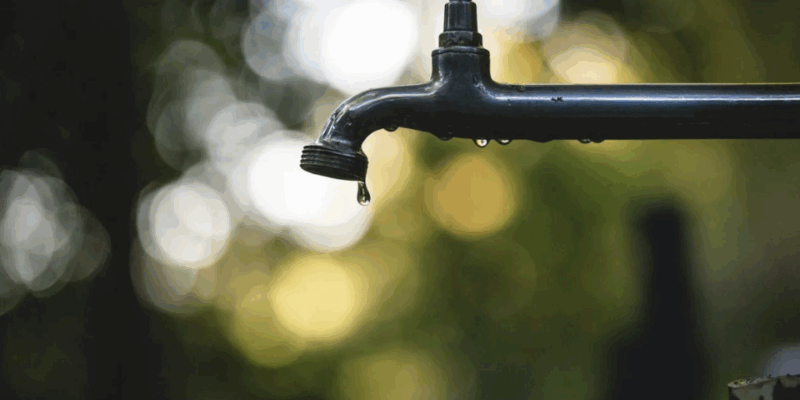UK’s largest fibre network operator launches two pilot schemes that turn its nationwide fibre footprint into an early‑warning grid for utilities, aligning digital infrastructure with circular economy goals. In a six‑month trial in Hounslow with Arcadis, Thames Water and Cadent, it deploys FiberSense’s Distributed Acoustic Sensing to read tiny vibrations along fibre cables, then applies machine learning to filter out everyday noise and flag genuine anomalies in nearby water and gas pipes. The approach promises faster, less invasive interventions, cutting the waste and disruption of emergency repairs that Cadent estimates cost the UK around £750 million each year, and reducing leakage that squanders energy, materials and treated water.
A second initiative pairs Openreach with Affinity Water and monitoring specialist Lightsonic to use Distributed Fibre Optic Sensing for leak detection across parts of London and the South East. While scope details are still to come, the project targets the UK’s staggering three billion litres of daily water losses, aiming to shift utilities from reactive fixes to predictive maintenance. By providing precise fault locations, fibre sensing helps crews address issues before they escalate, conserving resources, minimising roadworks, and extending the service life of buried assets, key principles in a circular, resilient infrastructure model.
These pilots build on proven use cases worldwide, from seabed cable monitoring on routes like the SMAP and Southern Cross networks to land‑based asset protection, showing how existing telecoms can be repurposed for environmental stewardship. As Thames Water’s Sam Bright notes, Openreach’s national reach could make the Hounslow model replicable across UK cities. Together, these efforts demonstrate how cross‑sector collaboration can squeeze more value from existing networks, cut leakage and carbon, and deliver a more sustainable, customer‑centric utility system.


 Europe
Europe








